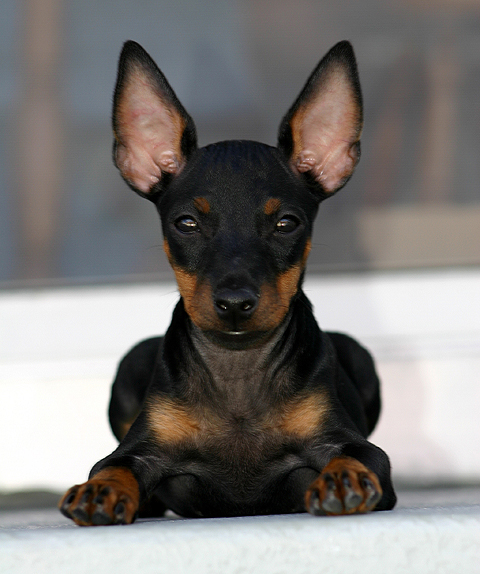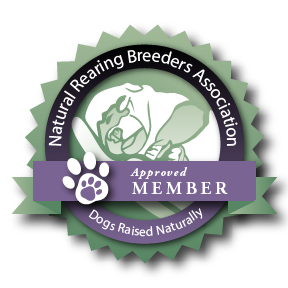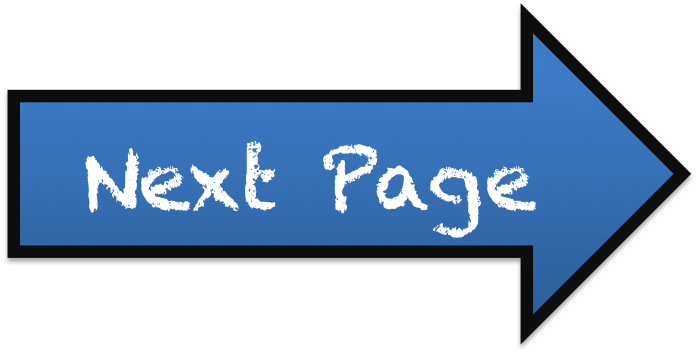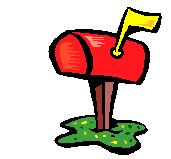Chapter 19
How Much Food do I Feed My Dog and How Often?
How many times a day should I feed my dog, and how much at each meal ? These are two of the most common questions asked of veterinary surgeons. Unfortunately those questions are impossible to answer in the way that people want them answered. The answers they need – the ones I am about to give you, are simple and practical and useful, but they are not what most people expect.
Firstly – How Much ?
Despite what a lot of people would like to imagine, it is not possible to weigh a dog, consult a set of tables, and then state that is requires X amount of food. There are too many variable factors.
These include such things as the breed, age and sex of the dog, it’s level of activity, how often it’s fed, the climate, teh weather at the time, the type of food being fed, the dog’s matabolism, whether it lives inside or outside, it’s coat type, whether it is fat or thin, whether it is well or sick, and if sick, what is wrong with it. This list could be endless. The answer to that simple question is clearly impossible to formulate from a set of tables.
Not only that, food requiremetns vary enormously, even among apparently identical animals. Owners of such animals find that where 100 grams of food might be adequate for one of them, another would need 200, while a third would need 300. This means that any recommendations on the amount of food needed which are based on the weight of even apparently identical animals, are almost invariably going to be wrong.
What About How Often – Can That be Answered ?
Once adult dogs fed with commercial dog foods are fed at least once a day. However, I have found that dogs fed whole raw foods do not crave food the way the commercially fed animal does. They do not require their food to arrive as frequently. They are more satisfied with their food. The dogs fed the commercial product seem to get hengrier sooner after they have eaten.
- That is why an increasing number of dog owners who have started to feed their dogs properly on whole foods are finding they only need to feed their dogs every second or third day.
The dogs in question are magnificiently healthy and happy animals. We commonly, will feed our dogs every second day for a week or so, and then for another week they might be fed daily and then they might heva a couple of days fast. It all depends how they are looking, and how much work they are doing.
- But keep in mind, these dogs are being fed fresh, whole foods, not artificial, commercial foods. If you feed a dog the infrequently with artificial foods, because those foods are such poor value, your dog will literally starve. Don’t do it!
Do realise that how often and how much are really part of the same question, and the rest of what I have to say involves both. What you will notice is that it all boils down to common sense.
The Rules are Simple !
Despite all that I have said, the process of determining the right amount to feed is very practical and does not involve complicated mathematics. It does involve knowing how to look at a dog and how to weigh a dog, and a general idea of the srots of feeds which are high in calories, and those which are low in calories and rich in fibre.
The Basic Rule
You feed whatever you need to … to maintain optimum body weight and condition in your dog…. So look at your dog and weigh your dog. Is your dog overweight ? Is your dog underweight. Is your dog just right? Is your dog gainning weight? Is your dog losing weight?
The answer to those questions determines how much food, what type of food, and how often that food should be fed.
Looking at Your Dog
A healthy dog is a slim, athletic creature. It has a light covering of flesh over the ribs. If your dog is getting on in years, and you are not sure how he or she should look, think of what your dog looked like when it was about eighteen months old. Most dogs of that age are at about their ideal weight. If you are not sure, consult your breeder or your vet.
If your dog is a young adult, and looking good… slim and athletic.. weigh it, record the weight, and strive to keep it at that weight for the rest of it’s life by adjusting meal size, content and frequency.
It is Common Sense Really
In other words, if your dog is losing weight, and the cause is not worms or illness etc., then more food more often, should be fed until it reaches it’s desired weight and condition. After that, ease back… and adjust meal size and frequency so you keep your dog at that desired weight and condition.
If your dog still does not gain sufficient weight, then food higher in calories must be fed. Usually that means more fat or oil type foods. In some cases, extra protein such as meat and eggs may be required.
If your dog is too heavy, which is a much more common problem, both with the dog and it’s master, then you must feed less food less often, and quite often you may have to feed food containing less calories.
Commonly that means substituting meat and fat with lots more fibre-rich vegetables such as carrots, cabbage, spinach etc.. Of course you will also have to consider the question of exercice. Much more of that will be required. Let me also stress that it is not necessary to feed your dog every day.
- If you do not adhere to these guidelines, you will find as so many people have in the past, that they have produced a VERY OBESE dog. That dog is then prone to numerous health problems.
- What you have to realise is that in the end there is only one person who can tell you how much and how often your dog should be fed. YOU! You are the one who must look at your dog, weigh your dog, and adjust meal size and frequency accordlingly.
- If it is important to you that your dog receive at least one meal a day, then adjust the size of that meal to ensure no loss or gain of weight – providing it is at it,s correct weight already.
Do Not Feed Adult Dogs Like Puppies
A lot of people make the mistake of conticuing to feed their young adult dog in the same way they fed it as a puppy. They forget that they were feeding their puppy for growth. Once your dog reaches it’s mature size and weight it is important at adjust (reduce) the food intake so as to maintain optimum weight and prevent obesity.
The Exercise Factor
Never forget the exercise factor. Exercise makes an incredible difference. A sedentary dog lying around requires very little food. Not only that, by exercising your dog, you stimulate it’s metabolic rate. That is, it burns up energy faster even on those days it is not exercising. As long as you don’t exercise your dog out of the window of a car, both of you will be much healthier.
The Influence of Season
During winter, more food is required to keep your dog warm, unless of course it lives inside a heated house all winter.
In summer, because the temperatures are high, and your dog is likely to be lethargic, it will not require as much energy for exercise or to keep it warm. However, despite that, many people find that their dog loses weight in summer. This happens because of two factors one is a poor appetite which is common in hot weather. The other is that dogs use up an enormous amount of energy keeping cool. They keep cool by panting.
If your dog is over-weight, that summer weight loss is great! You can help the process along by offering less meat and fat and starchy food in summer or during hot weather. At such times offer fruit and vegetables instead.
However, if you dog is already thin, and losing weight due to a poor appetite in the hot weather, you may actually need to feed very energy-rich food. That is, extra fat or oil, or if the problem is not too severe, may be a bit more starchy food. In this case, it will depend a lot on what your dog finds most appetising. This situation is common with show dogs.




